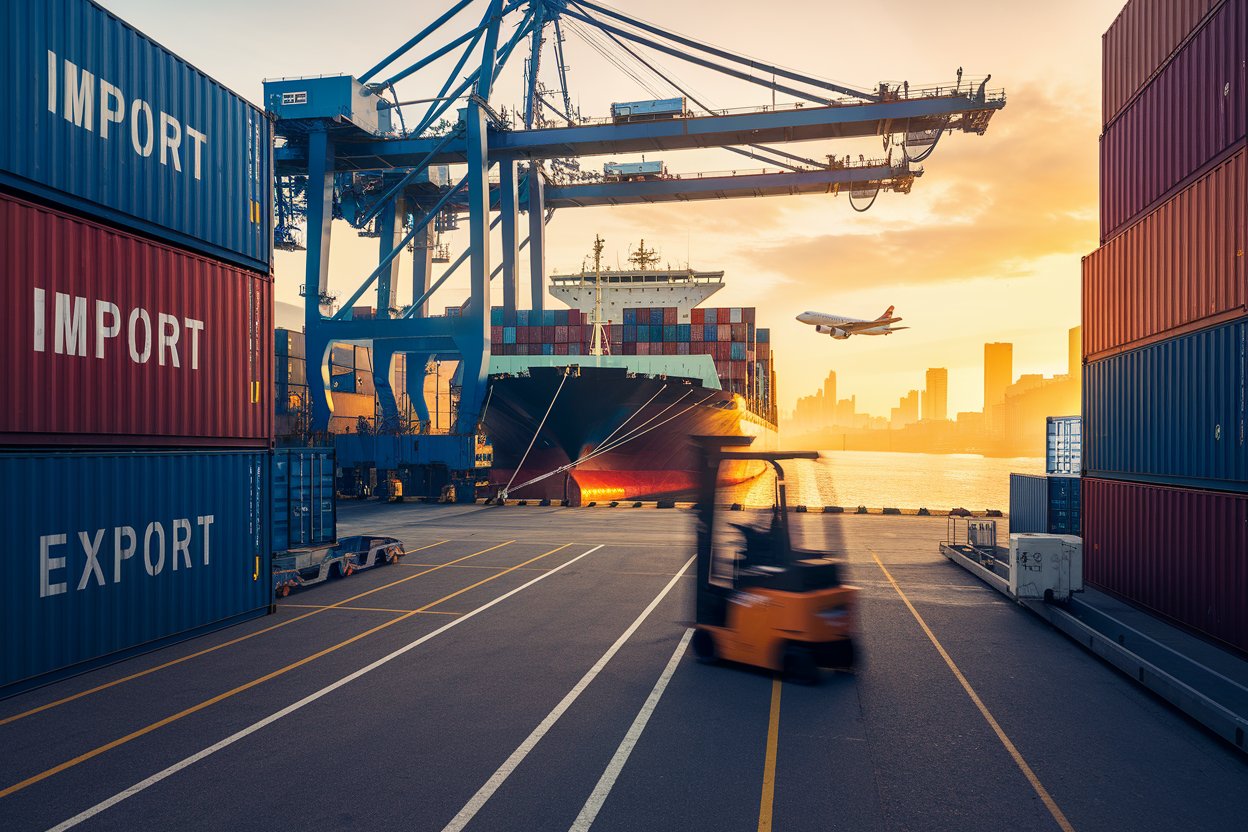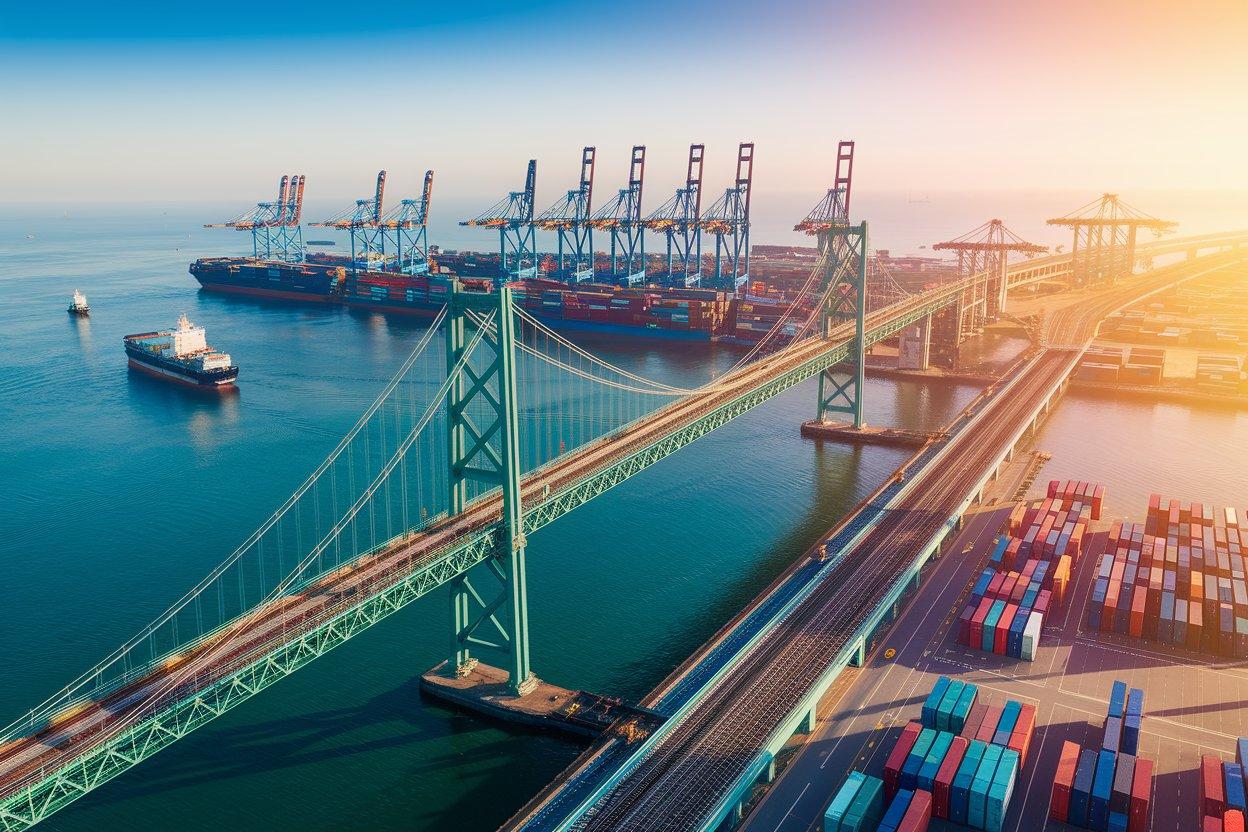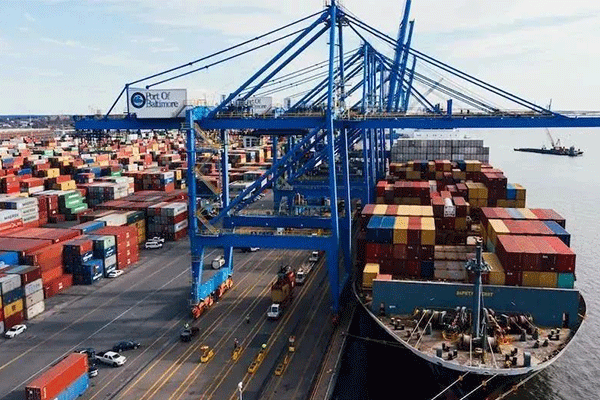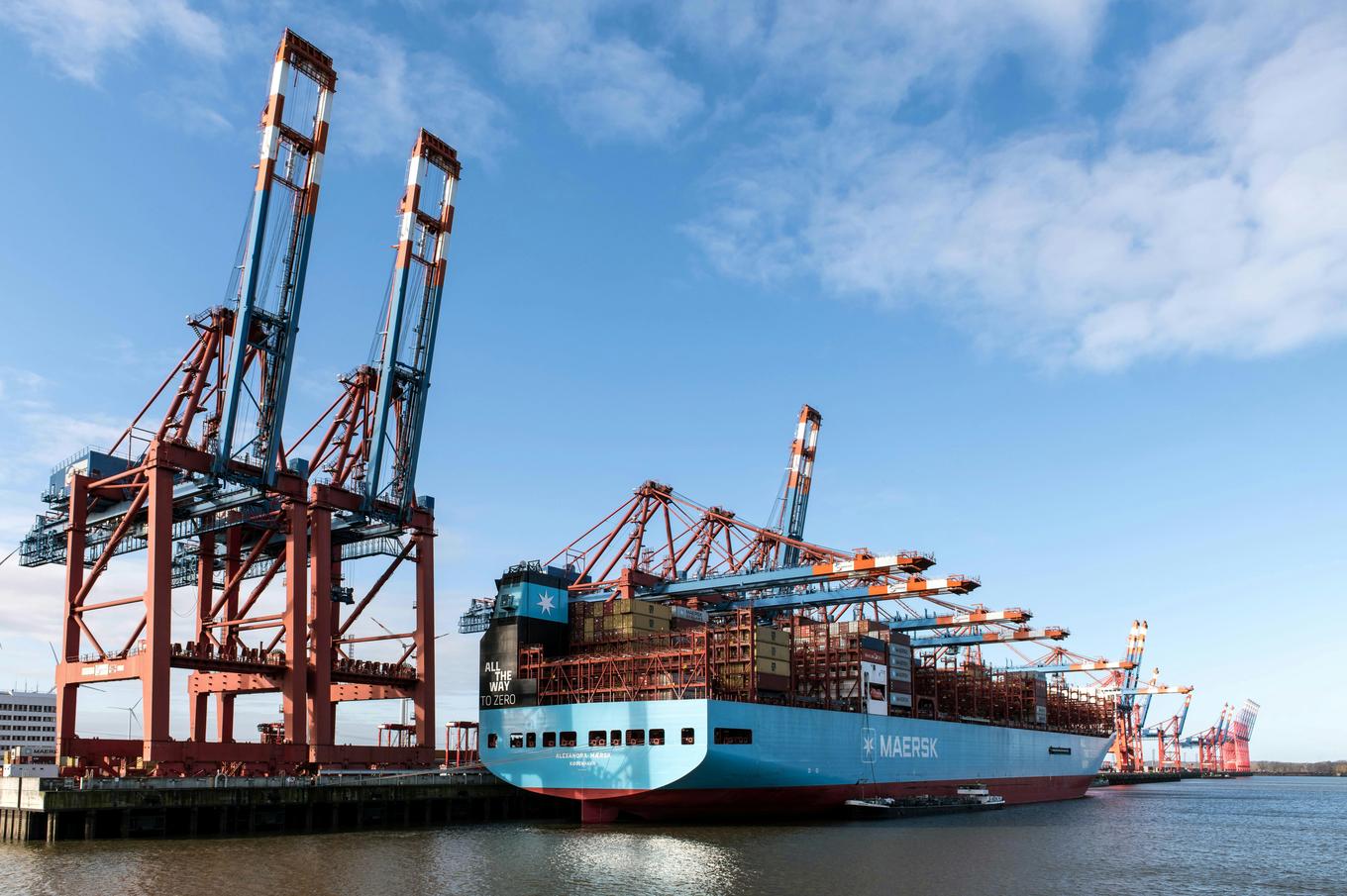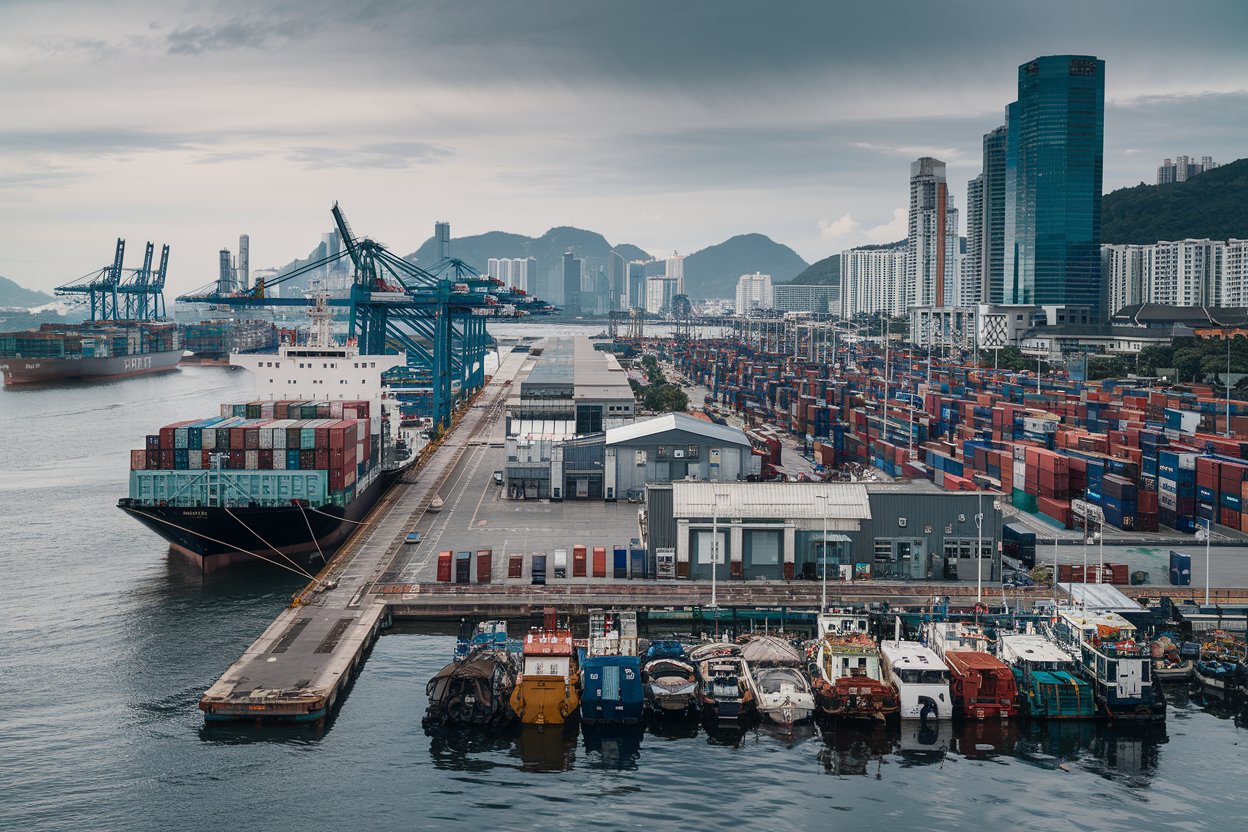- Shanghai Zhongshen International Trade Co., Ltd. - Two decades of trade agency expertise.
- Service Hotline: 139 1787 2118
Home » Shipping Solutions » How to Handle International Freight Forwarding for Alcohol Products? These Key Issues Must Be Understood!

1. Are alcohol-based products classified as hazardous materials? What special certifications are required for their transportation?
According to the latest 2025 "InternationalMaritime TransportationDangerous Goods Regulations, must be passedClosed-cup flash point testDetermine the classification:
- Ethanol and methanol with a flash point ≤60°C must be declared as Class 3 flammable liquids.
- Glycerol with a flash point above 60°C can be transported as general chemical products.
- Essential documents:
- UN38.3 Hazardous Characteristics Test Report
- MSDS (2025 Edition GHS Standard)
- Certificate of Goods Transport Conditions
II. Sea Freight/Air TransportationWhich mode of railway transportation is more suitable for alcohol products?
It is recommended to choose according to the characteristics of the goods:
- Maritime Transportation: The preferred choice for large-scale transportation, requiring the use of IBC totes or ISO TANK.
- New requirement for 2025: Methanol transportation must be equipped with dual-valve leak-proof devices.
- Air Transportation: Limited to non-hazardous goods only, with a maximum net weight per shipment ≤30kg.
- China-Europe Railway Express: The dedicated chemical train will be launched in 2025, with a transportation efficiency 40% faster than that of sea freight.
III. What special procedures are required for exporting ethanol?
The hazardous goods export process includes:
- Notify the maritime authority 14 days in advance for the shipment of dangerous goods by vessel.
- Application for the Certificate of Use Appraisal for Dangerous Goods Packaging
- A port dangerous goods operation permit must be obtained prior to shipment.
- Starting from 2025, a new electronic hazardous goods declaration system will be added (requiring integration with the Customs Single Window).
IV. How to Avoid Disputes Over Ingredient Testing During Customs Clearance?
It is recommended to take the following measures:
- Apply for the target country in advance.Pre-classification ruling
- Issued by a third-party testing agency,a component analysis report
- Indicate the CAS number and molecular formula on the invoice.
- The EU REACH Regulation adds 12 new alcohol substances to the SVHC list in 2025.
V. What Hidden Costs Are Included in International Shipping Fees?
In addition to the base shipping cost, please note:
- Dangerous goods surcharge (usually an additional USD200/TEU for ocean freight)
- Container cleaning fee (especially when changing cargo categories)
- Port Security Fee (30% increase at major global ports in 2025)
- Emergency response plan preparation fee
6. How to Choose a Reliable Freight Forwarder?
It is recommended to verify the following qualifications:
- Whether they possessRoad Transport License for Dangerous Goods
- Whether to purchase insuranceCargo Transportation Liability Insurance(Recommended sum insured ≥150% of the cargo value)
- Do you have your own hazardous chemical warehouse?
- New regulations for 2025 require: Agents must be equipped with certified safety engineers.
7. How to Handle Customs Random Inspections?
Emergency Response Plan:
- Provide immediatelyUN Packaging Performance Test Report
- Arrange for certified personnel to be present to assist with the unpacking.
- Prepare alternative packaging solutions (for damaged packaging).
- In 2025, multiple countries will implement AI-powered intelligent inspection systems, requiring 100% accuracy in declared information.
8. How to optimize the transportation costs of alcohol products?
Here are three innovative proposals:
- AdoptDoor to CanTransportation mode (reducing intermediate link losses)
- ParticipateLCL (Less than Container Load) Sharing Plan(New dedicated LCL service for ethanol added in 2025)
- ApplicationGreen Transport Subsidy(Ships using biofuels eligible for freight discounts)
Tags: MSDS
Related Recommendations
? 2025. All Rights Reserved. Shanghai ICP No. 2023007705-2  PSB Record: Shanghai No.31011502009912
PSB Record: Shanghai No.31011502009912
